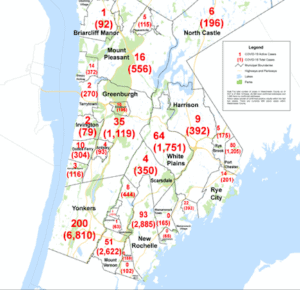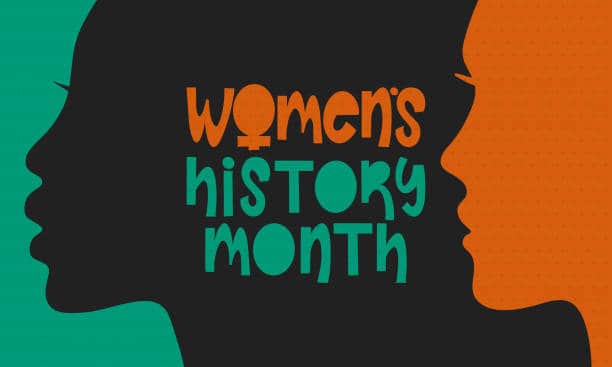[dropcap]W[/dropcap]estchester County began what many believe to be a “new normal” on May 26.
Tuesday marked the first day a subset of non-essential businesses—construction and manufacturing, in particular—could resume operations injecting a boon into the Westchester economy.
“We’re getting back to the new normal in terms of our business and economic community,” said Westchester County Executive George Latimer, a Democrat, during a May 26 press briefing on the reopening. “Today is the beginning of Phase One. It’s not the beginning of the end, it’s probably, as [Winston] Churchill said, ‘the end of the beginning.’”

The first of a four-phase reopening plan authored by New York state, the Mid-Hudson Region, which includes Westchester, can allow for manufacturing, retail businesses offering curbside pickup, delivery and in-store pickup as well as agriculture, forestry and fishing.
But Latimer specifically pointed to the importance in restarting the construction industry.
According to Bridgett Gibbons, Westchester’s director of Economic Development, the county IDA incentivized $1.6 billion in development projects in 2019. Many of those projects, shuttered due to Gov. Andrew Cuomo’s executive orders, will now ramp back up.
“It’s a very large percentage of the economy in Westchester,” Gibbons said, “and we’re very much looking forward to those projects restarting.”
The state, in an effort to aid regions, has provided very detailed guidance in order for each workplace to reopen, according to Gibbons. Employers must provide personal protective equipment, PPE, for employees at no cost; post social distancing markers in their stores or job sites; prohibit non-essential visitors; limit sharing of objects and maintain a log of everyone who enters their business. If an employee tests positive for COVID-19, they must be sent home immediately and the employer is required to notify the state Health Department.
The Mid-Hudson Region, the eighth region in the state to reopen the economy, had largely been on pause since March 22 when Cuomo, a Democrat, closed all non-essential businesses and issued a statewide stay-at-home order in response to the public health crisis of a generation.
On May 27, Long Island followed suit, leaving New York City as the final region still shut down. City officials, however, believe that the city will begin its own phased reopening by mid-June.
Each phase is expected to run for a minimum of two weeks, according to county officials. But Latimer is optimistic that the region will get through the initial phase pretty effectively. “We continue to show numbers that decline or stabilize… then [that] allows us to go to Phase Two,” he said.
The second phase would bring the full-scale reopening of retail stores including shopping malls, all professional services, and local and county governments.

But one of the most critical components of the tiered phases will be contact tracing of any new COVID-19 cases. If someone tests positive, the state will notify the county Health Department, which then must perform the tracing of that infected individual and anyone they may have come in contact with.
With New York state serving as the nation’s epicenter of the coronavirus, progress, to date, has been laboriously slow.
“We’re dealing now with two major public policy issues at the same time,” said Latimer, referring to the health crisis and stalled economy. “We can’t ignore one for the sake of the other and we have to find a balance point.”
Since the global pandemic first struck Westchester in March, the county has lost 1,343 of its residents, as of May 26, to COVID-19, the disease caused by the coronavirus. “That is a tremendous concentrated loss of civilian life,” the county executive said.
Additionally, 33,049 people in Westchester have tested positive for COVID-19, as of May 26. Although the majority of those people have recovered, there are still 1,665 active cases and 329 patients currently in the hospital. But those numbers have dropped significantly since the virus’ peak of more than 11,000 active cases in late March and early April.
“This disease hasn’t exactly followed a roadmap…. [but] Westchester has been able to manage the disease very well,” Latimer said.
CONTACT: chris@hometwn.com









